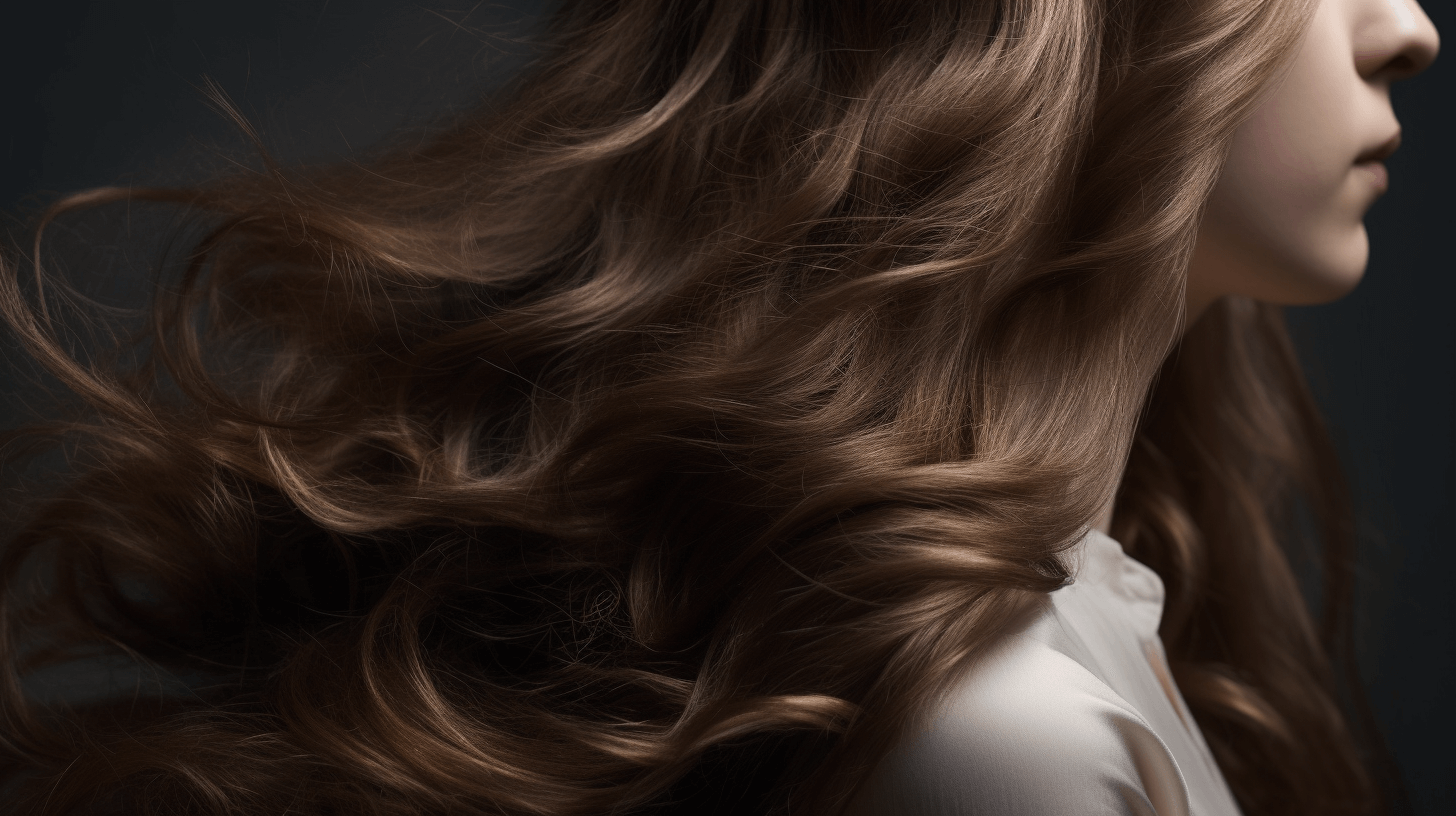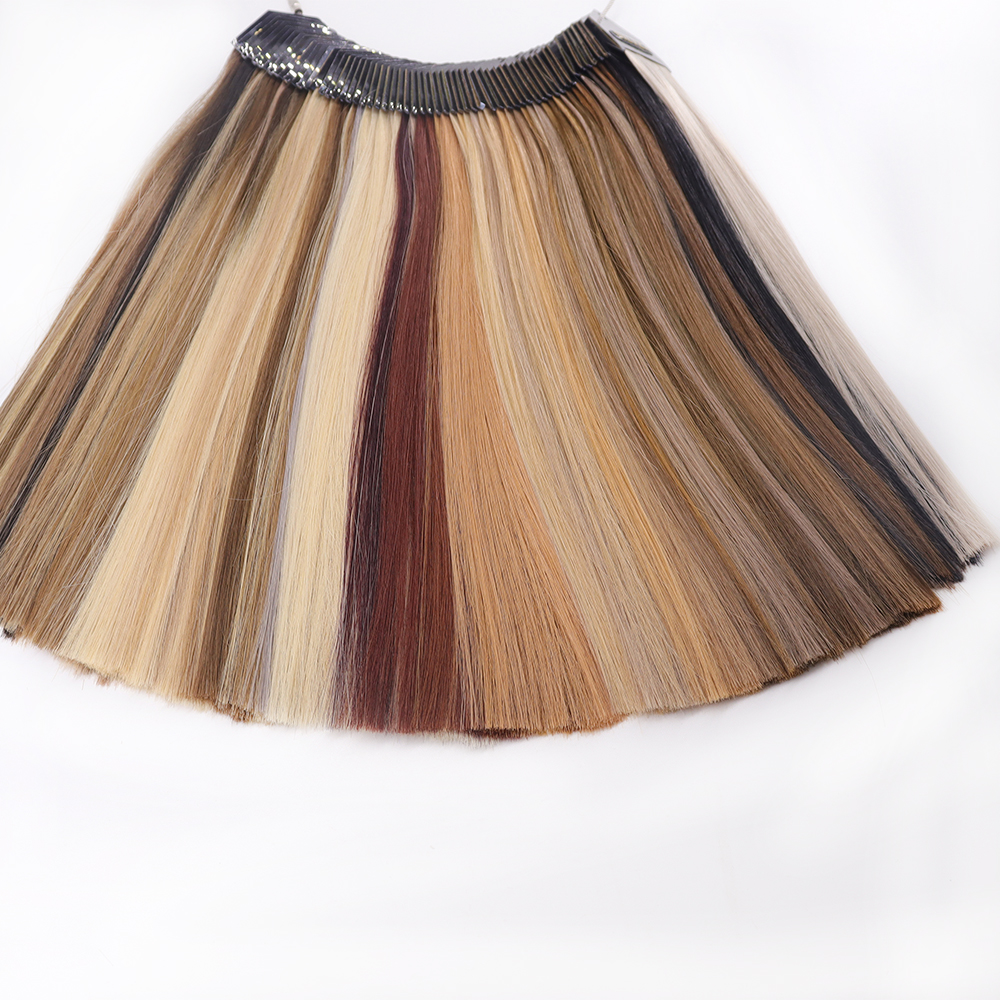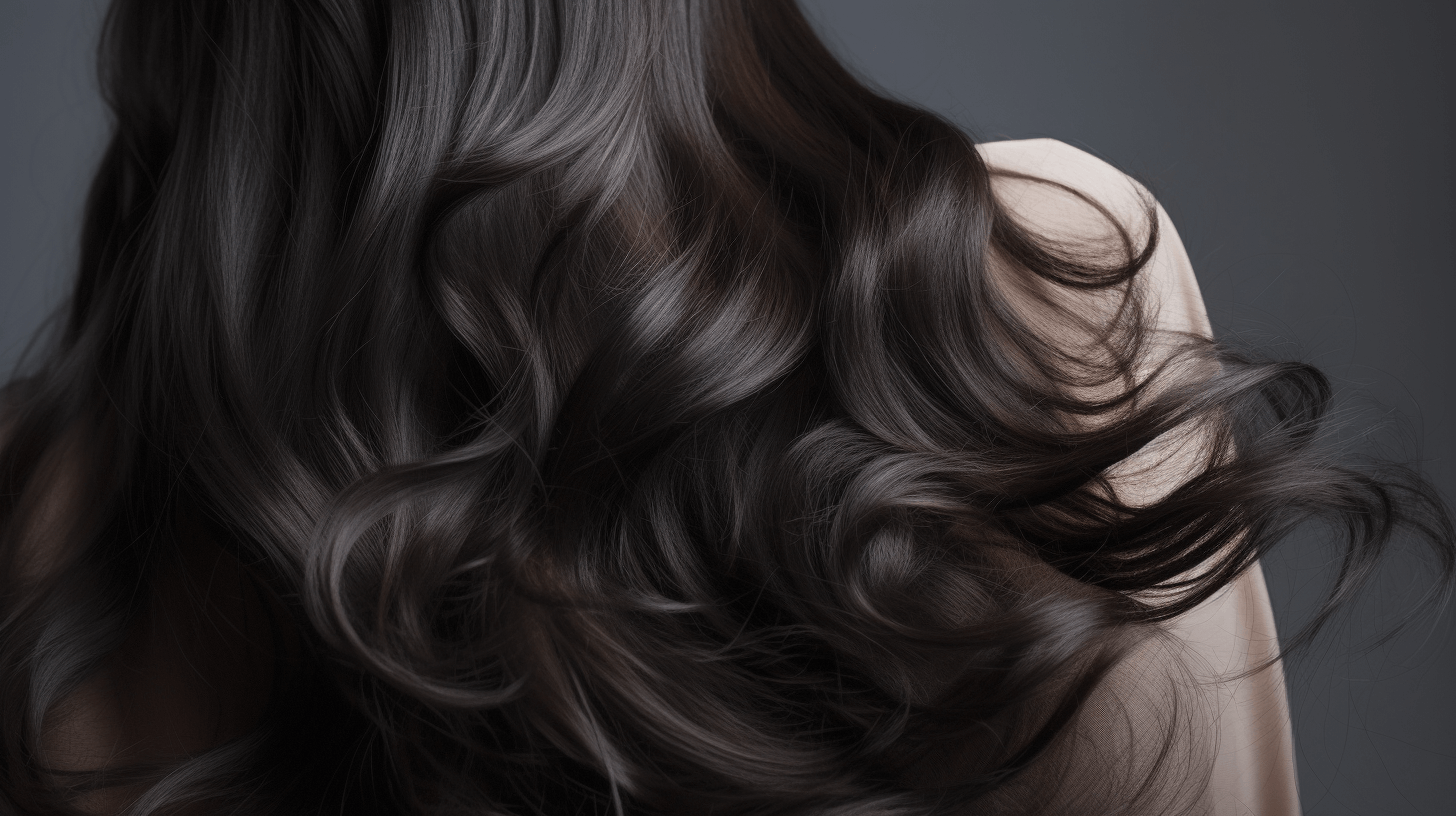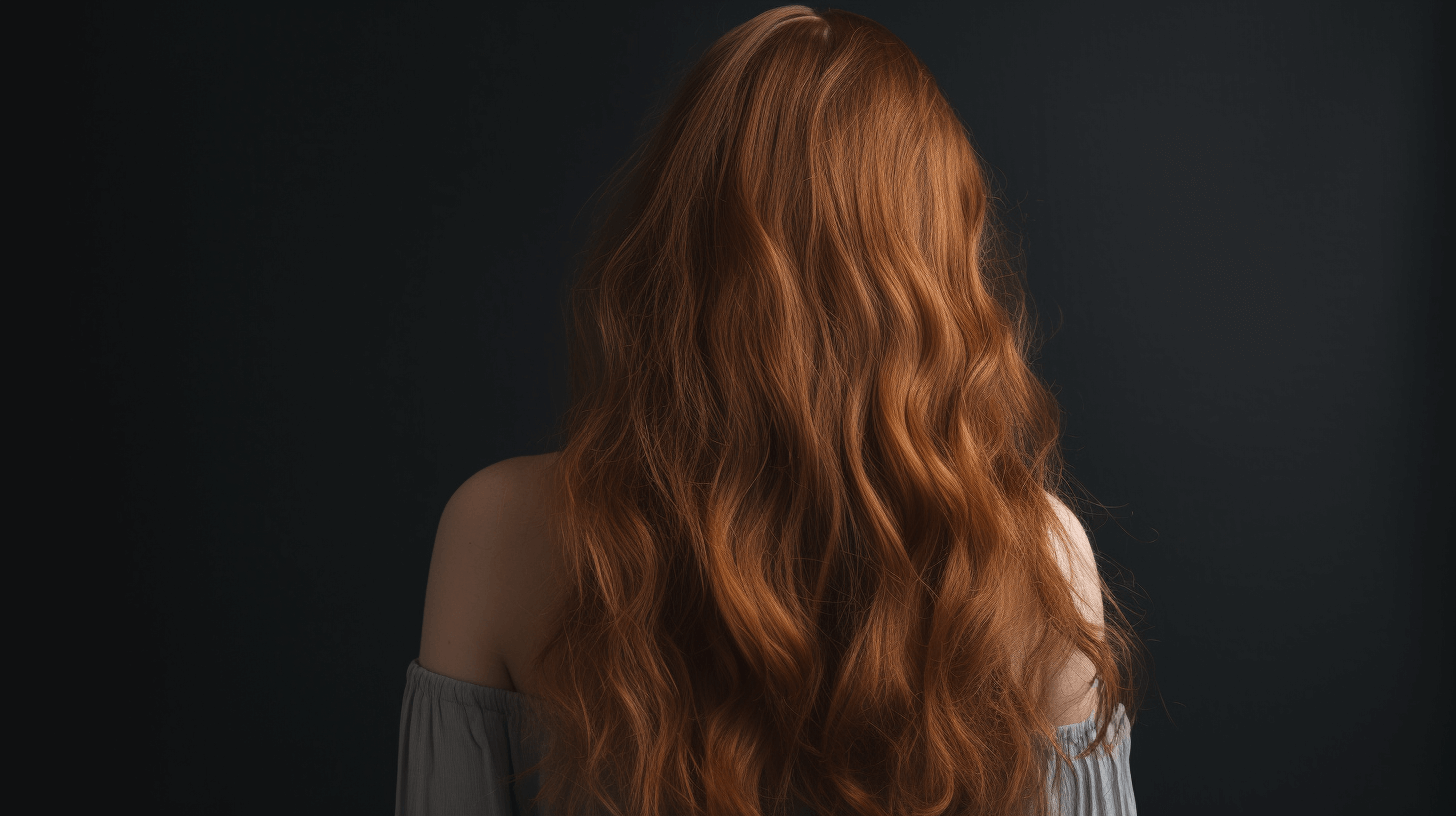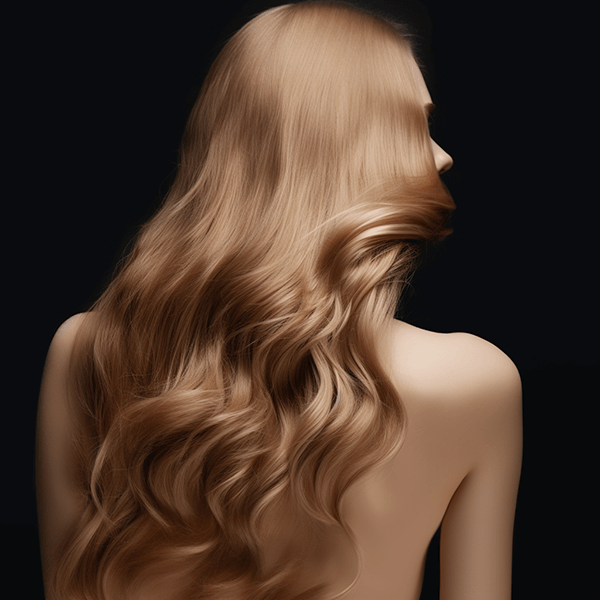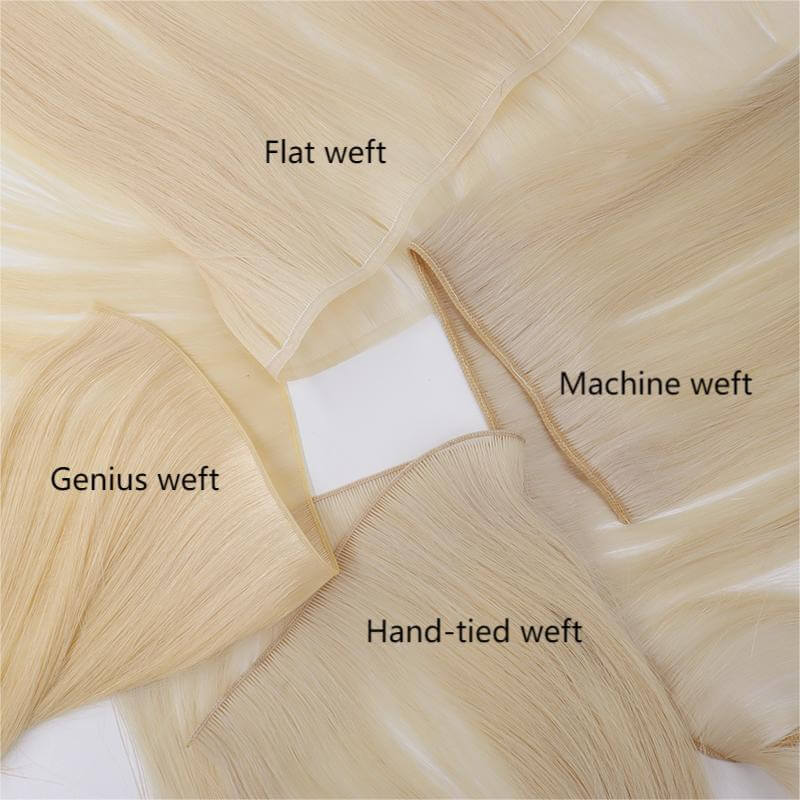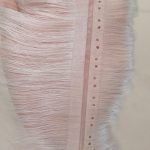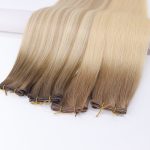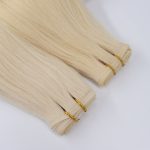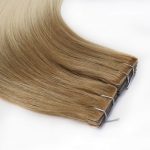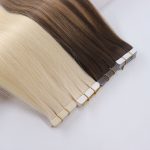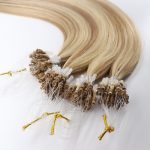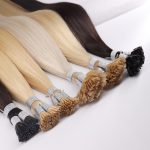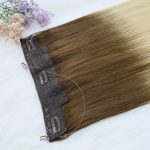The world of beauty is in constant flux, with innovative techniques that promise not just to enhance our looks but also to boost our confidence. Among the myriad of advancements, hair extensions have seen a significant evolution, bringing forth methods that blend seamlessly with natural hair while offering ease and comfort. In this exploration, we’ll dive into the five latest hair extension techniques that are setting new standards in the beauty industry: V Light hair/Combline Hair, Hole weft/Butterfly weft/XO weft, Feather weft, H6 hair, and Genius weft. Each of these methods comes with its unique set of benefits designed to meet diverse needs and preferences.
V Light Hair/Combline Hair
The similarities between UV light hair and Combline hair lie in their innovative use of glue to swiftly reinforce and bond the hair with natural strands, facilitated by blue light irradiation. This cutting-edge technique ensures a seamless and comfortable, providing clients with natural-looking results.
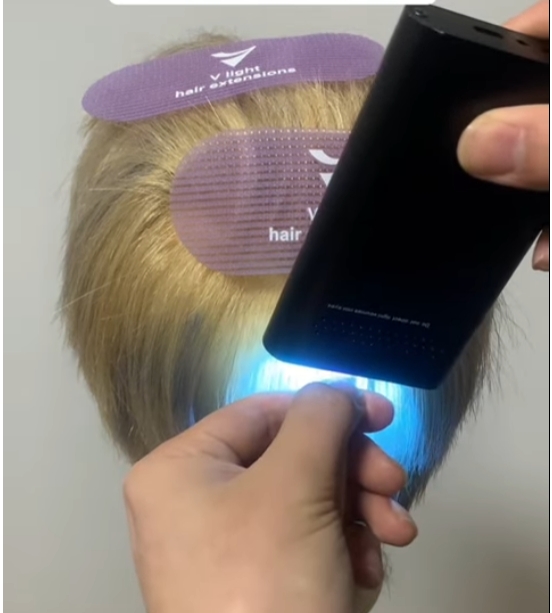
While brief exposure to UV light poses no harm to the skin, we strongly advise using a protective shield as a precautionary measure. This ensures clients’ and practitioners’ safety and well-being during the bonding process.
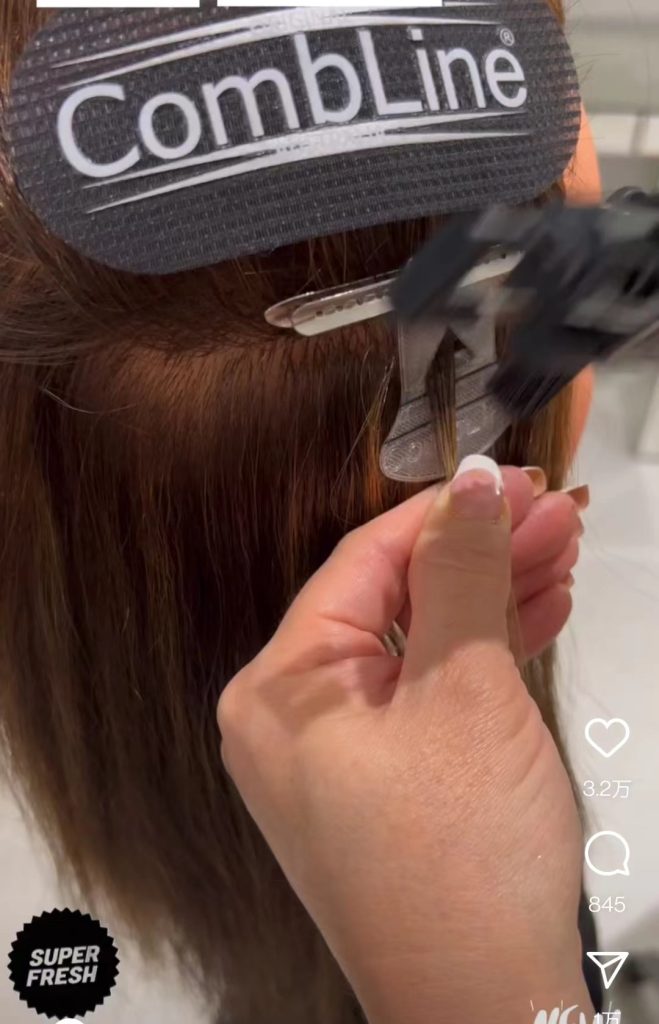
We’ve noted significant feedback on Facebook regarding longevity concerns. It appears that this method of hair extensions is easy to shed and may only be reusable if stored properly.
Hole Weft/Butterfly Weft/XO Weft
Hole weft, Butterfly weft, and XO weft are the same product, they just have different names.
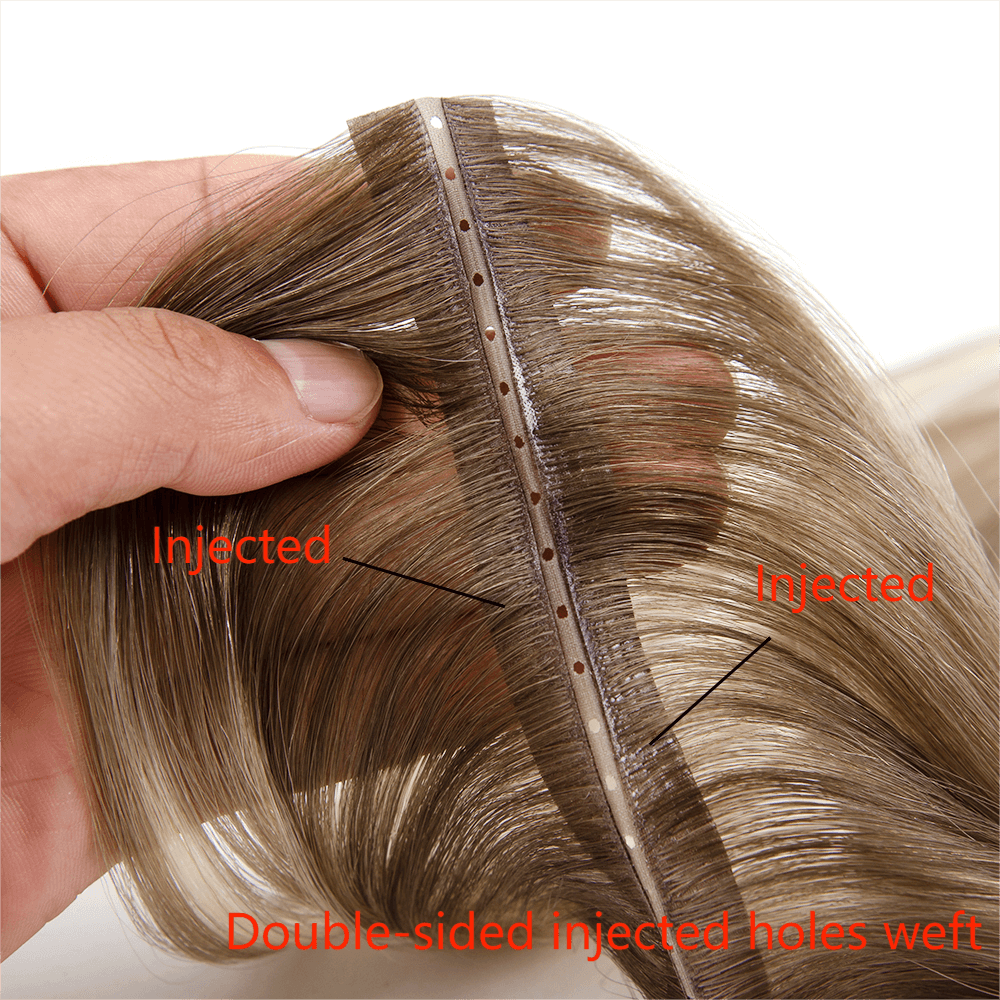 Natural hair is threaded through holes and secured with beads, which are then concealed, making the beads virtually invisible. This technique is lauded for its quick installation process, the ability to trim without losing hair, and its reusability, offering both convenience and versatility.
Natural hair is threaded through holes and secured with beads, which are then concealed, making the beads virtually invisible. This technique is lauded for its quick installation process, the ability to trim without losing hair, and its reusability, offering both convenience and versatility.
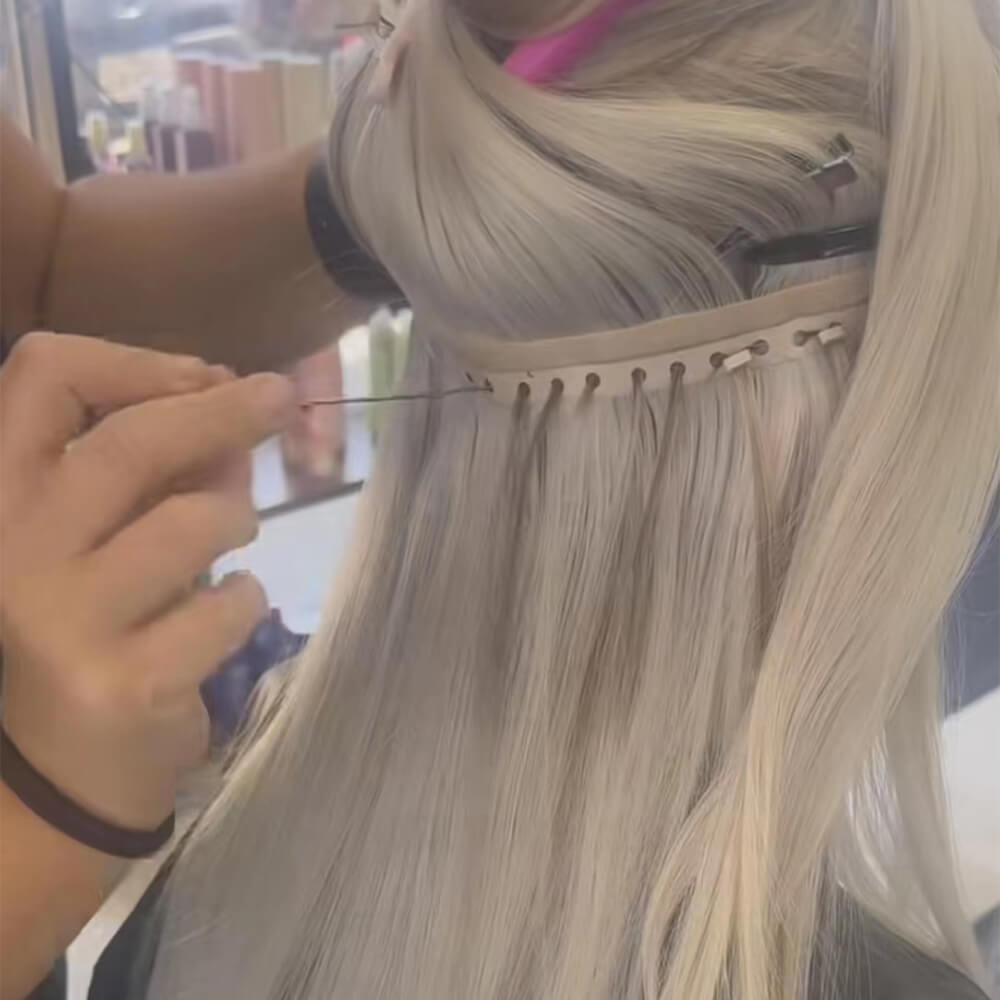
Feather Weft
Highly popular in the Middle East, Feather weft requires intricate hand-knitting skills. It involves weaving hair into single strands, then onto a line to form a feather-like weft.
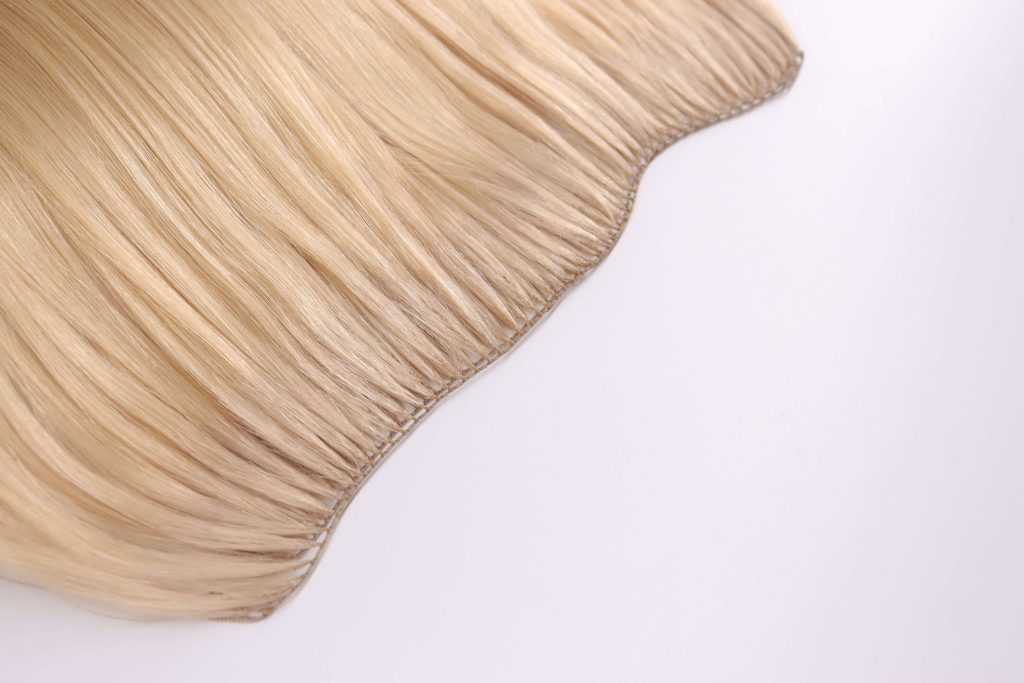 The installation method of feather weft is also very simple. There are two ways: One is to take two strands of our hair, use a crochet hook to pass the hair through the middle of the rope, and then fix the two strands with a bead. Here is the video. The other is the upper and lower strands of hair, with the rope sandwiched in the middle and fixed with a bead. Here is the video.
The installation method of feather weft is also very simple. There are two ways: One is to take two strands of our hair, use a crochet hook to pass the hair through the middle of the rope, and then fix the two strands with a bead. Here is the video. The other is the upper and lower strands of hair, with the rope sandwiched in the middle and fixed with a bead. Here is the video.
H6 Hair
Similar to Feather weft in its hand-knitted nature, H6 Hair sets itself apart with strands weighing 2 grams each, offering a fuller look. This technique uses a traditional micro ring loop for installation, combining invisibility with the benefit of being reusable. It’s an ideal choice for those seeking volume without the visibility of extensions.
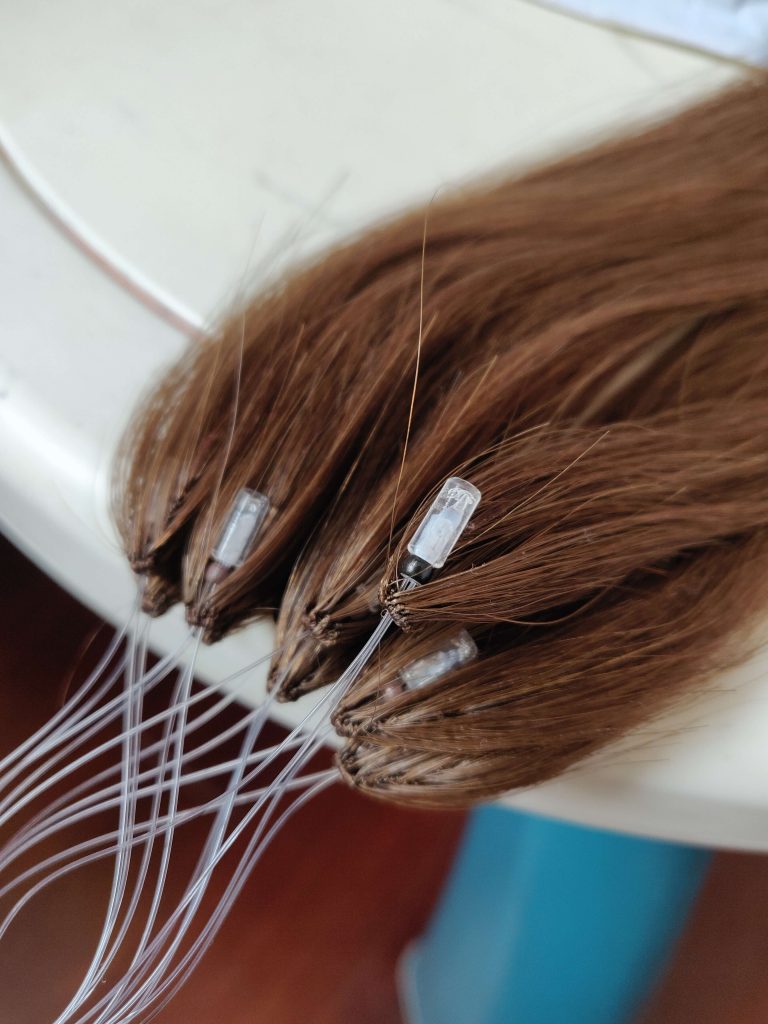
Genius Weft
For those who value the lightness of hand-tied weft but are put off by the cost, Genius weft offers a perfect alternative. Its 0.2cm weft width allows for seamless integration that can be cut without shedding. Moreover, the absence of return hair means no itching, providing a comfortable wear experience.
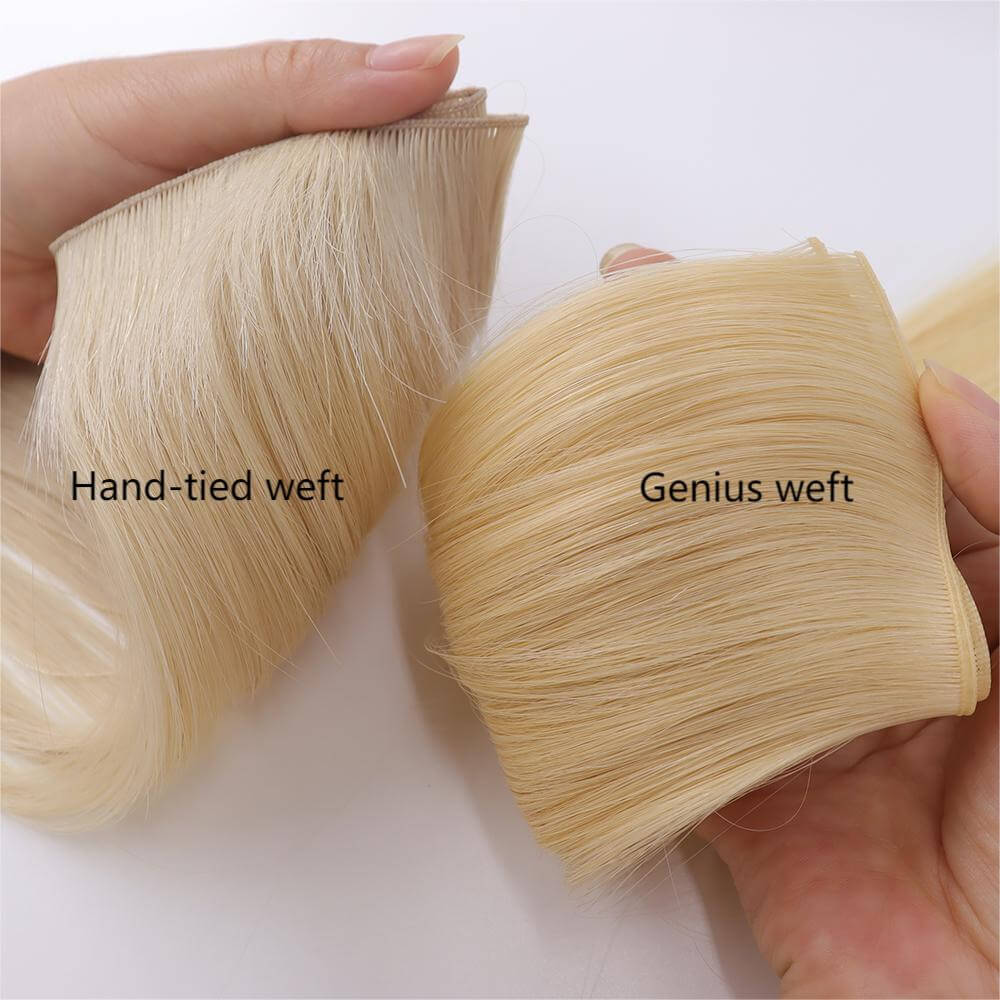
In Conclusion
These five innovative hair extension techniques represent a leap forward in beauty technology. They offer tailored solutions that cater to various needs, from achieving invisibility and volume to prioritizing ease of use and reusability. As the beauty industry continues to evolve, these methods affirm its commitment to innovation and customer satisfaction, ensuring that anyone looking to enhance their hair has access to the best and most advanced options available.
For professionals and enthusiasts alike, understanding and exploring these techniques can open up new possibilities for hair beauty and self-expression.

